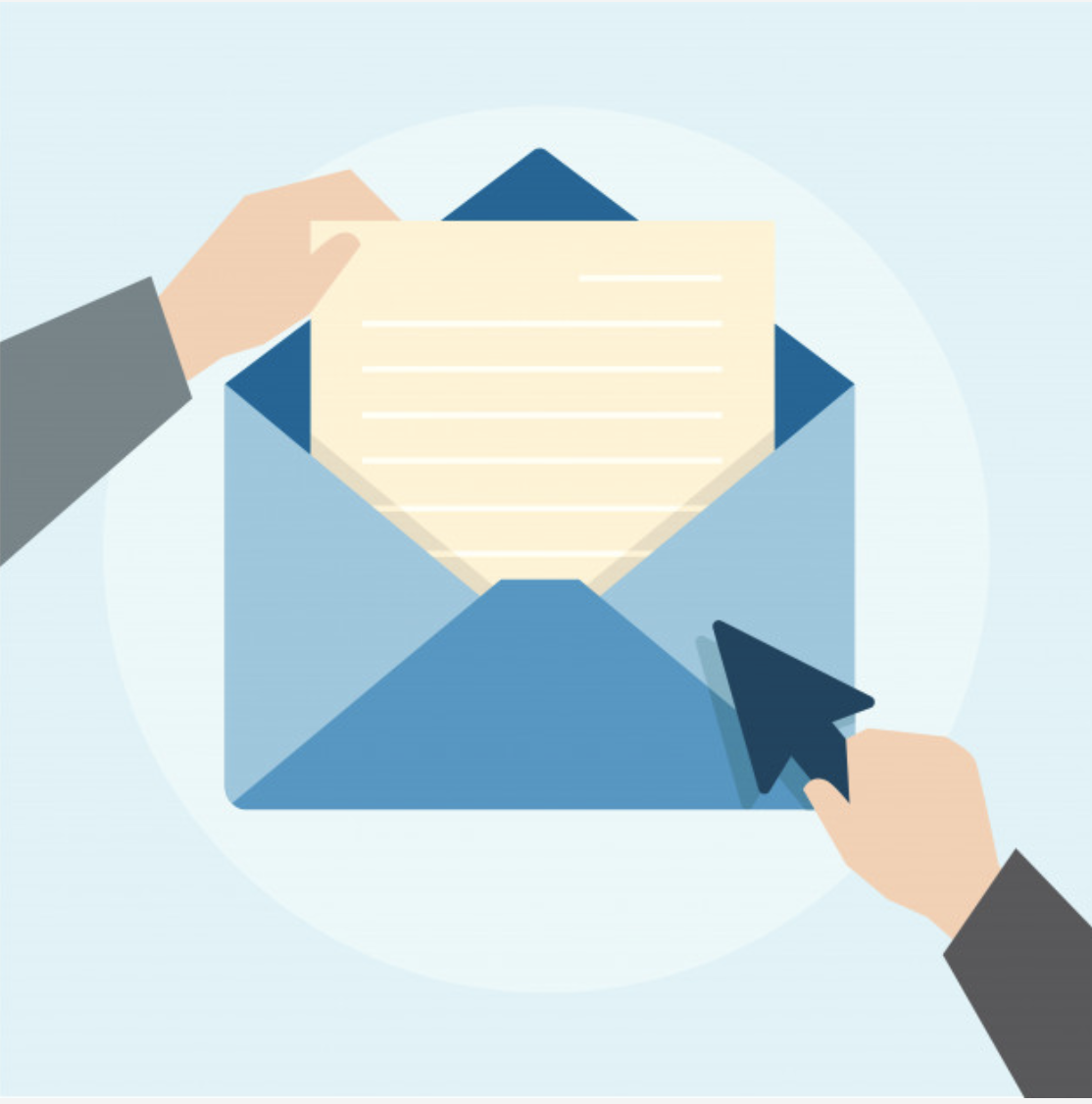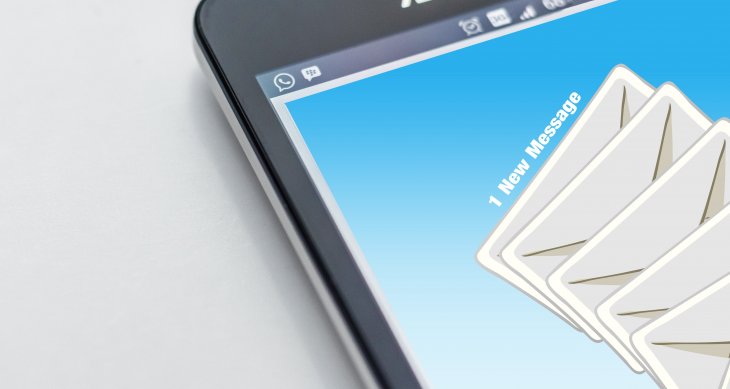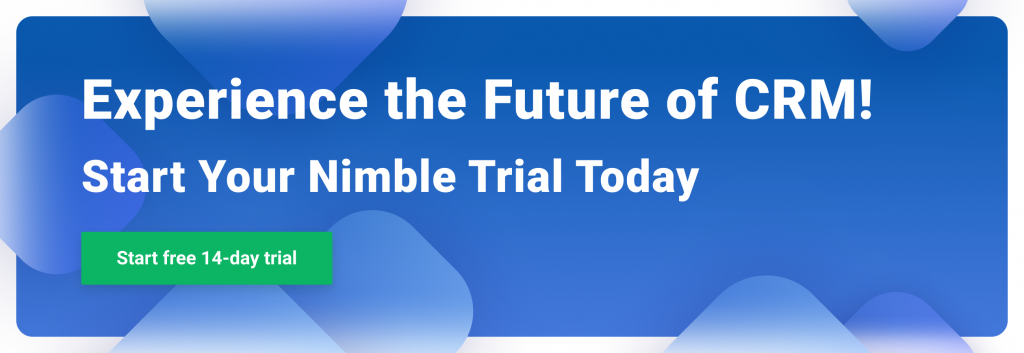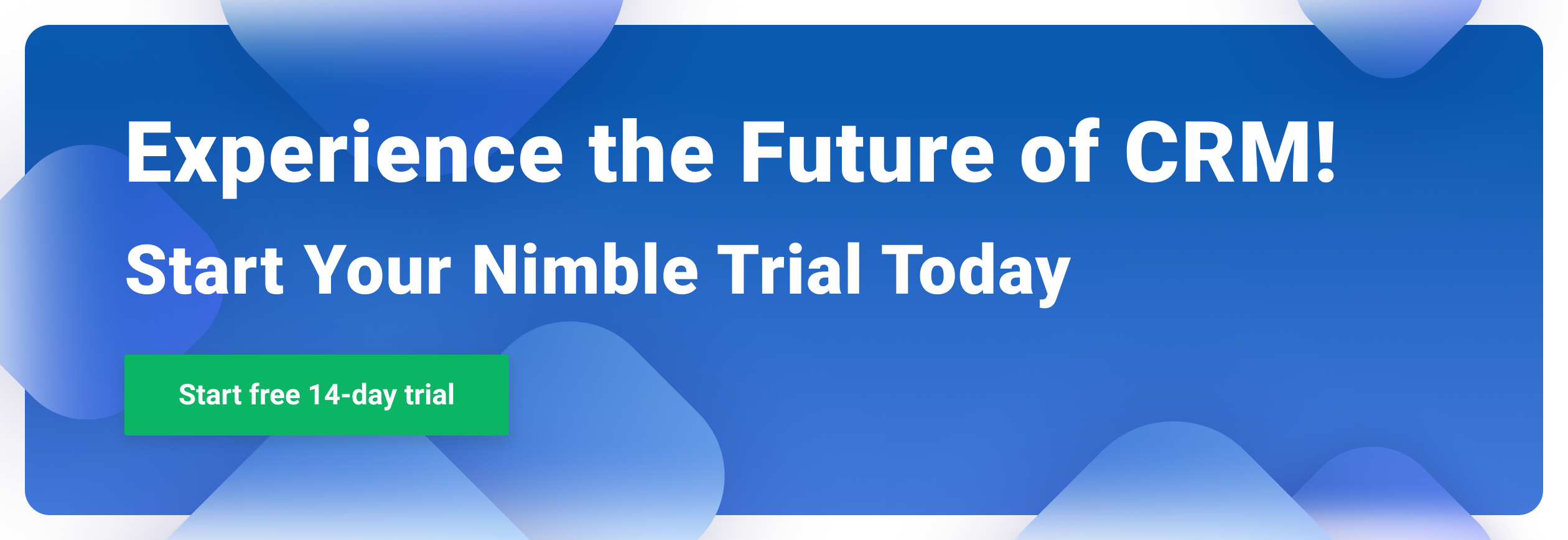The first impression is an important step in any relationship, especially professional ones. Our brains are wired to analyze a number of information sources. They include facial expressions, tone of voice, gestures, and other non-verbal signals.
None of this matters when you introduce yourself through email. This review will help you to use alternative means to introduce yourself by email and create the best first impression possible!
The Introduction Email
The introducing email is the first letter you send to a person you’ve never talked with. Writing a letter introducing yourself seems rather easy, but there are some pitfalls. You have to both be concise and include enough details; the message has to be engaging but not over the top. A professional introduction email often also includes the acknowledgment of the recipient’s work and the reason for writing.
When to Introduce Yourself
There are a number of situations in which you might have to introduce yourself in a professional email. Each of them has a different social context.
Some examples include:
Introducing Yourself to Clients
If you write a business email introducing yourself to a new or potential client, your job is to stand out in their inbox. A gripping subject and a call to action will go a long way in helping you.
A Letter of Introduction for a New Employee
Establishing contact with colleagues is a fundamental part of teamwork at any level. While it is more productive to get acquainted directly, often email is the only way available. Such emails usually have a lighter tone and are more focused on your personality.
Introducing Yourself to a Community
Addressing a group of people, whether customers or coworkers, is a lot different from addressing a single person. To introduce yourself in a professional email to a community, you need to make sure that the letter doesn’t sound too generic and each person feels like you’re talking to them.

Types of Email Introductions and When to Use Them
The social situation and other factors (like your connection to the recipient) result in different types of introduction emails. It is impossible to account for each of them, but there are categories that you will encounter more often than others.
Here are the most notable examples of various situations:
Cold Introduction Email
This type of email is used when you’re trying to reach out to a person that has no straightforward connection with you. It is often used by salesmen or people that want to discuss a public work with its author.
As your target knows nothing about you, you need to hook them through the subject for email introducing yourself. Additionally, try to make the letter more personal so it doesn’t feel automatically generated.
Follow-Up Introduction Letter
Follow-up introduction is usually a continuation of a meeting you’ve had in real life. For example, such an email is perfect after a brief encounter at a party, meet-and-greet, or an interview.
Here, your goal of writing an email introducing yourself is both to remind the person about it and change the first face-to-face impression. Assume the person you’re talking to doesn’t remember the small details of your conversation to avoid misunderstandings.
Mutual Connection Introduction Message
This type of letter is used in a situation when one person is referred to others through a mutual connection. Since any business requires numerous social connections, this kind of introduction is among the most used ones.
You should mention the mutual contact as soon as possible, preferably in the subject. Make sure to keep the tone official. Never assume that a close relationship with your shared contact grants you any additional points.
Request for High-Level Introduction
This case often comes before the previous one. Such mutual interactions can lead to a long chain of referrals before you reach the person you want to talk to.
As is the case with any introductory email, you need to be friendly, but not afraid to be clear about your intentions. Most people will appreciate your sincerity. It would be more insulting (and time-consuming) if you try to be sneaky about it.
Web Event Introduction Letter
This type of email is commonly used by online customer services and sales departments. Such an introduction is made if the customer has prompted some sort of event during their visit to the website.
The bigger the operation, the harder it is to make each email personalized. So, even if the response is automatically generated, try to make the template as friendly and reassuring as possible.
How to Introduce Yourself via Email
Now it’s time to learn about the general details of writing an introduction. Let’s review each part of an email:
Subject Line
This is arguably the most important part of the letter, as it is the first thing the person sees. First, make sure that its short (around 30 characters to fit on mobile devices), yet attention grasping. Next, make sure that it fits the overall tone of the message. Stay away from generic lines.
Personalized Greeting
To establish a connection, you need to be viewed as a person. A personal greeting is the best first step. Don’t overthink it – lead with a simple “Hello” (or “Dear” for an official tone).
Reference the person by their first name. Using Mr/Ms is valid, but it can also make the person feel old. Never refer to them by first and family name, as it is often what bots do.
Intro
The information you should include in the intro depends on your intent and the person you’re writing to. Besides introducing yourself, you should write about what connects you with the recipient, what could be relevant to identify you and/or your position in your workplace.
Mention the Connection
Another thing you can do to establish a connection is to actually mention the mutual connection you might have. Talk about the relationship you have with the person who has made the referral and the reason behind it.
Even if there is no direct link between you and the receiver, try mentioning the similarities you have or strive to have.
Ask the Question
Now it is time to get to the point and explain the reason you’re writing. Here, you should find a balance between being straight to the point and being respectful. If your request requires a lot of resources, be sure to mention the benefits the recipient is getting.
Closing
The last part of the letter should be short and simple. A show of appreciation will be enough. Additionally, research shows that such a conclusion prompts response the most often.
Wording
If you want to learn how to write an introduction email, knowing the intent is not enough. You need to consider the wording of each sentence as well. Once again, the expressions you use should differ based on the tone you want to achieve.
In any case, you need to sound confident and competent. Even if you’re asking a person for something, avoid begging. Learn the subtle difference between “Would you be open to…?” and “You’re probably busy, but I will be much obliged if you…”.
Introducing Two Other People to Each Other
We’ve analyzed what you should do if you’re the first ring in the communication chain. What should you do if someone asks you to refer them? Well, if you’re willing to help, you should write another type of an introduction letter – introducing two other people to each other.
The structure and the overall ideas are the same, the only difference is that the info you provide in this introducing email to someone has to be about another person. In some cases, you’d even need to provide information for both sides in one letter.
Examples of Email Introduction
Here are the basic formal and informal examples of email introducing yourself:
Subject: Gary Miles advised me to contact you
Dear Tyra!
My name is Jared Pines and I am a Financial Advisor at Mantis Inc.
I admire your work, especially the project you’ve done with ACS Financials. Would love to discuss your work and ideas you have. If you’re interested in cooperation, contact me as soon as possible.
Thanks in advance, Jared.
Subject: Hello from a fellow artist!
Hi, Angela!
I’m Bella and I have a YouTube channel with popular speed drawing videos. I’ve been following your blog for some time and I love your work. Are you interested in collaboration? My videos reach more than 100,000 people, here is a link to my channel.
Hope to hear from you soon
Thank you for your time!
Email Introduction Templates
With the information you have, you can already create a basic outline for your introducing email template. To make this task easier for you here is one variation of such a template:
Hello [Name],
I’m fascinated by your work in [project example], and by your career path overall.
Recently, I found your commentary on [topic] and wanted to reach out. I’ve worked with companies on similar projects, like [example] with a positive net result.
Are you interested in collaboration on this topic? I think such a discussion would be mutually beneficial. Thank you,
[Your Name]
How to Respond to an Email Introduction
If you’re the side responding to an email introduction, you have more options. You can even simply ignore it (although it would be in bad taste).
If you want to answer to the request in the letter positively, respond with enthusiasm and state your conditions. If you want to make a good impression, add a compliment and express appreciation.
If your response is negative, convey how much you’re flattered by the request, but be firm and definite in your rejection.
The first impression is crucial for the further success of any business relations. That’s why it is so important to properly introduce your company/business/self from the get-go. Efficient client communication is what brings you the major work benefits in the long run. Nimble CRM will help you expand your client reach-out capabilities with convenient newsletter templates and scripts – try it out to advance your business up a notch.
Introductory Email Tips
Additional helpful tips for an effective introduction through email include:
- If you’re writing about a position, cite your appropriate experience and references;
- Delete anything you can – make your letter as concise as possible;
- Carefully check for spelling and grammar errors;
- Don’t overdo it – no unusual fonts, pictures of effects.
Conclusion
The introduction is the first step in every conversation. Email introductions are immensely important to establish contact and create new business (and personal) relationships. However, they also have a lot of specific and unique features. Now that you know about most of them, it is time to start communicating. Be successful and reach your goals with professional email introduction skills!
Image(s) by Career Employer.



